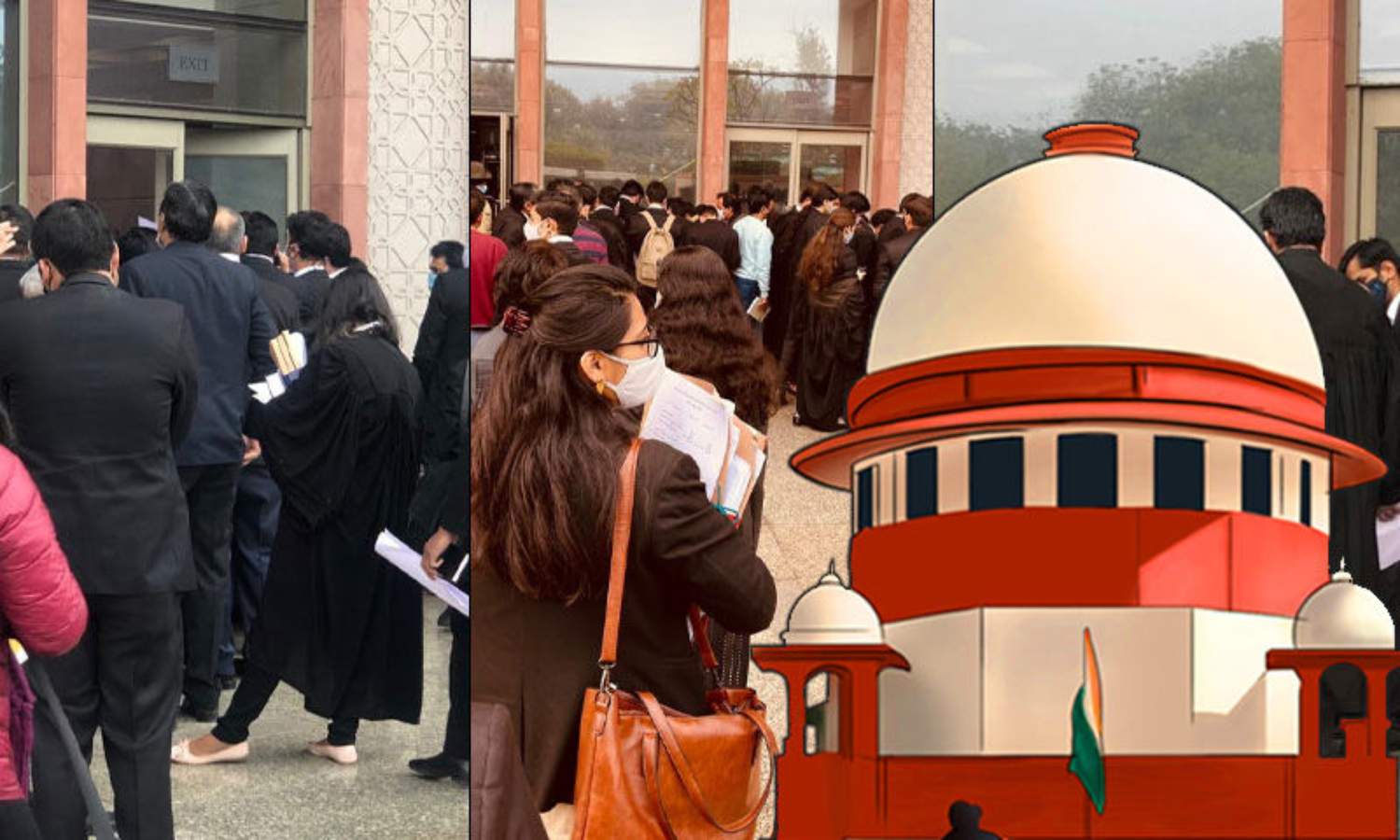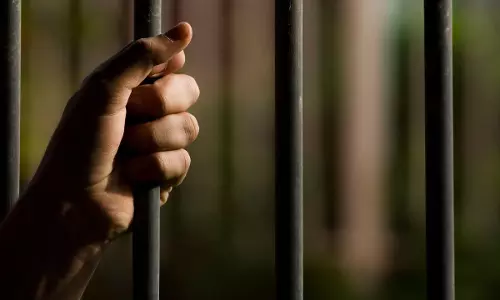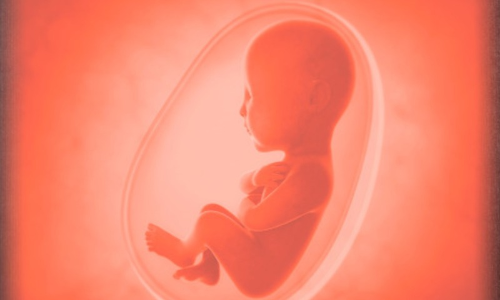
With the recent appointment of three female judges in the Supreme Court at one go, has really blazed a trail for gender parity in the bench of the Highest Court and it is a a proud moment for all of us. While felicitating the newly appointed nine Supreme Court Judges by the women lawyers of the Supreme Court of India, Justice Ramana, the Chief Justice of India, made a remarkable...
With the recent appointment of three female judges in the Supreme Court at one go, has really blazed a trail for gender parity in the bench of the Highest Court and it is a a proud moment for all of us. While felicitating the newly appointed nine Supreme Court Judges by the women lawyers of the Supreme Court of India, Justice Ramana, the Chief Justice of India, made a remarkable statement that women demand 50% reservation not as charity but as a matter ofright.
Mr. Kiren Rijiju, the Union Law Minister, also tweeted and called it a historic moment for gender representation. And one more celebration and occasion yet to be witnessed in the year 2027, as for the first time ever we would be getting the first Woman Chief Justice of India. Unfortunately, the celebration would be just momentary as it would end in a month's time before we start rejoicing it, since the tenure would only be for a very short span just for one month only.
Right from 1950, the judiciary has been playing a crucial role in development and evolution of society and protecting the Constitution of India. The principle of gender equality is enshrined in our Constitution. The Constitution not only grants equality to women, but also empowers the stakeholders to adopt measures of equity and fairness in all spheres of life. India on 9th July ,1993 ratified and became part of The Convention on the Elimination of All Forms of Discrimination Against Women (CEDAW) which requires signing countries to take affirmative steps to eradicate discriminatory treatment of women which was built on three troika of nondiscrimination, state obligation and substantive equality.
The history witnessed that it was only after the passing of the Legal Practitioners' (Women) Act of 1923, that the bar on women from practicing law was abolished and Indian women were granted the right to take up the legal profession and practice as Advocates in the Courts of Law.
Lot said and has been done but the irony is that though women are the other half of the population, not merely a class or community, still are struggling for adequate representation and active participation in all the wings be it Executive, Legislature and Judiciary.
Since independence, we have now only 11 women judges appointed in the Supreme Court out of total of 256 judges. Currently we have 4 women out of the 33 judges in Supreme Court. The first female Judge appointed in Supreme Court was Hon'ble Justice M Fathima Beevi from Kerala in 1987. Out of the total 25 High Courts in India, 563 are male judges and 70 are women judges constituting 11.5%. And six High Courts namely Manipur High Court, Orissa High Court, Meghalaya High Court, Patna High Court, Tripura High Court and Uttarakhand High Court, as on date have no single Woman High Court Judge sitting on the bench.
In the year 2015, when constitutionality of National Judicial Appointment Commission Act 2014(NJAC) [in the Writ Petition (c) No. 13 of 2015: Supreme Court Advocates-on-Record Association and another v. Union of India] was challenged before the Constitution Bench and the court have asked for suggestions from all for having a standard Memorandum of Procedure to be followed for the appointment of Judges and Chief Justice in High Court and Supreme Court. That time the ratio of women judges was 62 in numbers and male judges were 611 that showed a pitiable figure of 9.2% of women judges in the higher Judiciary. Author of this article, on behalf of Supreme Court Women Lawyers Association, had also given an elaborate representation for adequate number of Women Judges in Higher Judiciary. The bench comprising of five judges including the then CJI shown and accepted the concern for having parity in the bench. But all went in vein, as when the modified Memorandum of Procedure (MOP) was published there was no whisper about any specific provision concerning the insufficient and lower representation of women Judges.
This year in the month of March, in one of the pending matters regarding appointment of High Court Judges (M/S PLR Projects Pvt. Ltd. Vs. Mahanadi Coalfields Limited & Ors.), the author, on behalf of Supreme Court Women Lawyers Association again approached the top court by filing an interlocutory application for adequate representation in the higher Judiciary as the figure was abysmally low as only 11.4 percent of women judges as against the total number in higher judiciary. While hearing us, though the bench headed by then CJI SK Bobde has given us a hope that we would soon see a future women Chief Justice of India but while asking for more women judges from the Bar, the bench sounded that many of the women lawyers have turned down their proposals to come in the bench because of their domestic responsibility. Possibly it could be few in numbers who have refused it but I am sure that the numbers are quite high so far as those meritorious female lawyers who are willing to take responsibilities and serving the society from the Bench. The President of India, Sri Ram Nath Kovind, while addressing in a function of the Allahabad High Court last week, has stated that role of women in the judiciary must be increased to achieve the ideals of the Constitution.
The scenario of representation of women judges in the subordinate judiciary is little better than as compared to higher judiciary though there is no systematic data available to see the proportion of women judges at the district level. Though one study report conducted in the year 2018 say that out of 15,959 subordinate judges where figures of male judges were 11,397 which is 71.4% and numbers of women judges were 4,409 which is 27.6% . Interestingly, these figures reflect that when it comes on basis of tough competitive examination by way of selection, the number of women judges are better but when it comes to subjective assessment for appointment in higher judiciary, the figures are way too less. This reflects that there is no dearth of meritorious women candidates when the assessment is based on competition.
So now who would bridge these gaps and would make parity? Is it the judiciary alone who would take the responsibility, or all the stakeholders and society at large would have to make an effort in advancing gender equality and make sure that parity is being done? The answer is not that simple though not impossible to implement! The seismic effect of patriarchal mindset need to be done away and neutral balancing attitude is the need of the hour in the family system where the girls are encouraged to choose the legal profession, husband & family need to support her career as a lawyer or as judge. Senior members of the Bar must encouraged taking female juniors and make sure that they work in safe and secured environment. Law Universities must encourage students specially girls to take up judicial examinations and conduct free judicial examination training classes. Every State Bar Council should make sure that they have more women representatives in their respective States. Also, persistent efforts of women activists and debate through print and media also plays contributing factor while sensitizing the society and showing the hard realities for gender neutrality. So far subordinate judiciary is concern, the Judicial Committee of the High Court must see that meritorious women judges get their due promotion and elevated and also give them all logistical support for secure and clean work culture to make them more efficient in discharging their duties. Government also should play their part by revisiting the MOP and granting funds and framing policies and for supportive infrastructure. And most importantly collegium of High Court as well as the Supreme Court must encourage and make effort to get more meritorious women judges in the Higher Judiciary for serving good many years so that not only it would reflect the parity in higher judicial system but also would aspire confidence and accelerate in the justice delivery system. Inclusion of more women judges would also act as mentoring them and would inspire and motivate the young girls to choose legal profession as their career. And this would have far reaching effect in adhering to our constitutional mandate of equality. Moreover, with this paradigm shift, on international scenario, India could become one amongst the progressive nations towards the gender parity at all levels. After all, gender parity in education, employment and active participation in decision making system are very critical ingredients for economic growth and societal cohesion. Gender parity is one of the most important growth indicators of a matured democracy.
The author is a practicing lawyer in Supreme Court of India. Views are personal.




